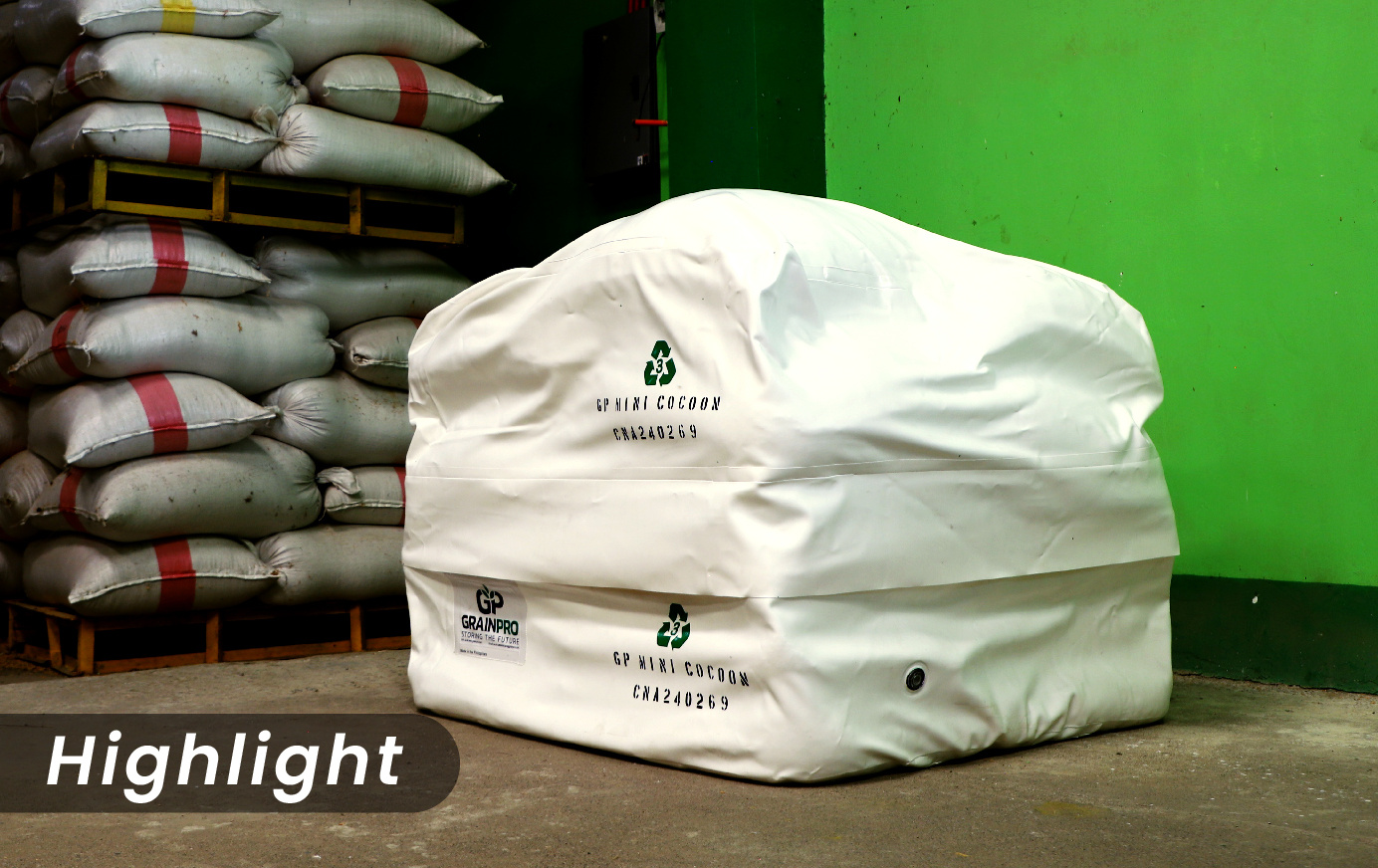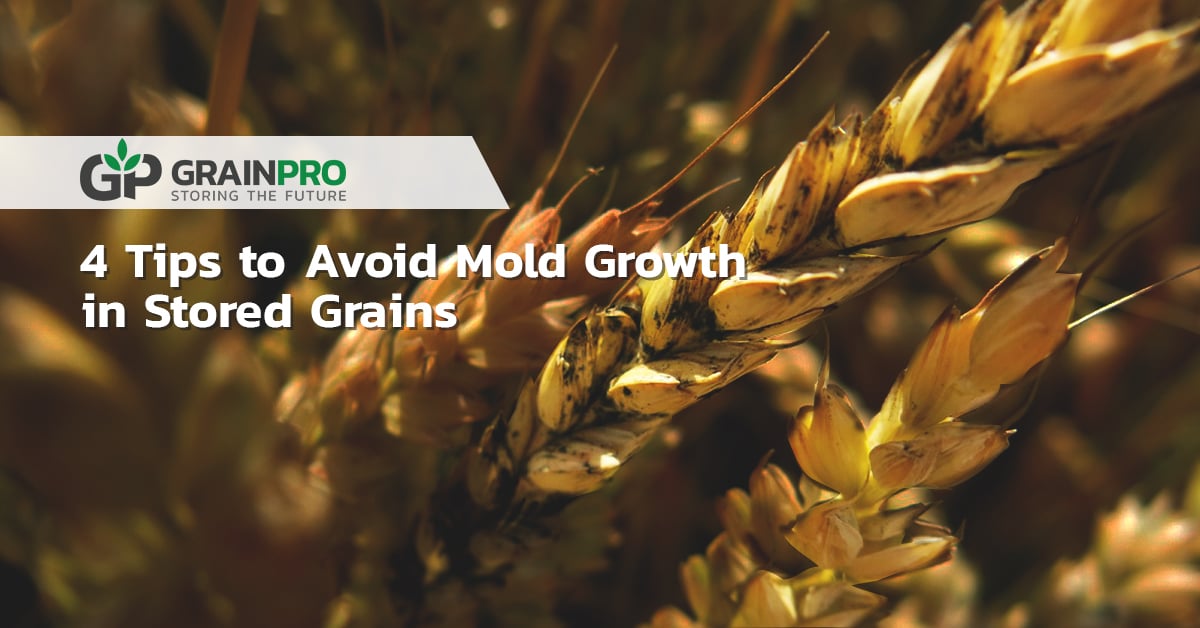Mold growth in dried food such as grains, maize, or rice is not an appetizing sight. Farmers and handlers detest mold because it means their products are tainted and will most likely result in profit loss.
Annually, around a third of all produced food is lost to several factors, including mold growth. According to the Food and Agriculture Organization (FAO) of the United Nations (UN), around 14% of food valued at an estimated USD400 billion is lost from harvest up to retail and often occurs in the production chain and affects smallholder farmers in developing countries.
FAO estimates that around 30 to 40% of total production is lost before it reaches the market. These losses can be due to numerous problems, which include inadequate post-harvest storage, processing, and transportation facilities.
Aside from the fiscal consequences, mold growth can also lead to serious health risks. Aflatoxins are toxic substances produced by certain molds that can contaminate agricultural commodities like grains. People can be exposed to aflatoxins by consuming contaminated commodities or inhaling dust during processing. These exposures can both have long- and short-term effects.
One such effect is kidney and liver failure. Exposure to aflatoxins is also associated with increasing the risk of liver cancer. Due to the toxicity of aflatoxins, organ failure can occur in humans who consume mold-infested food. Moreover, aflatoxins are also known to be mutagenic, leading to birth defects.
Read more: Reducing health risks through mold growth prevention
Tips to Avoid Molds
These reasons are why farmers and handlers always try to limit the chance of mold growth when storing their crops. It is important in preventing post-harvest and storage losses and ensuring overall safety.
See some tips below to learn how they do it:
First, ensure the grains are at their safe moisture level before storing them. Wet or damp grains are notorious for breeding molds, so it is vital to dry them sufficiently to their safe moisture content (MC) level first. According to FAO, rice can be stored at an MC level of 13.5%, while beans can be at 15%. For wheat and maize, 13.5% can also be a safe level.
Second, it is a good practice to keep external moisture away from the storage container and area. If moisture gets into the stored grains, mold will also begin to grow even if the grains are stored at their safe MC level. Having reliable storage is a must in keeping the grains away from excess moisture due to weather effects such as rain and flood, which can severely damage stocks.
A third tip is to avoid high temperatures in the storage area. If the grains are stored outside, be sure to keep the container in the shade so as not to expose it to direct sunlight. High temperatures can trigger the remaining moisture in the grain to evaporate — leading to condensation and eventually, moisture reabsorption once temperatures lower at night.
Lastly, use gas-tight and moisture-tight storage solutions. This will ensure that the grains are secured and safe from external factors. A secured and safe storage ensures that the grains are protected from moisture damage that can lead to molds. This step also protects the grains’ quality which may be affected by changing moisture levels.
Hermetic storage, like the GrainPro Cocoon, can protect grains from moisture damage and mold growth due to outside factors. Additionally, it can also control insect infestations due to its secured modified atmosphere, which gives it the ability to deprive the insects of the oxygen they need to survive.
Updated on: June 07, 2024
Date Published: March 13, 2019




